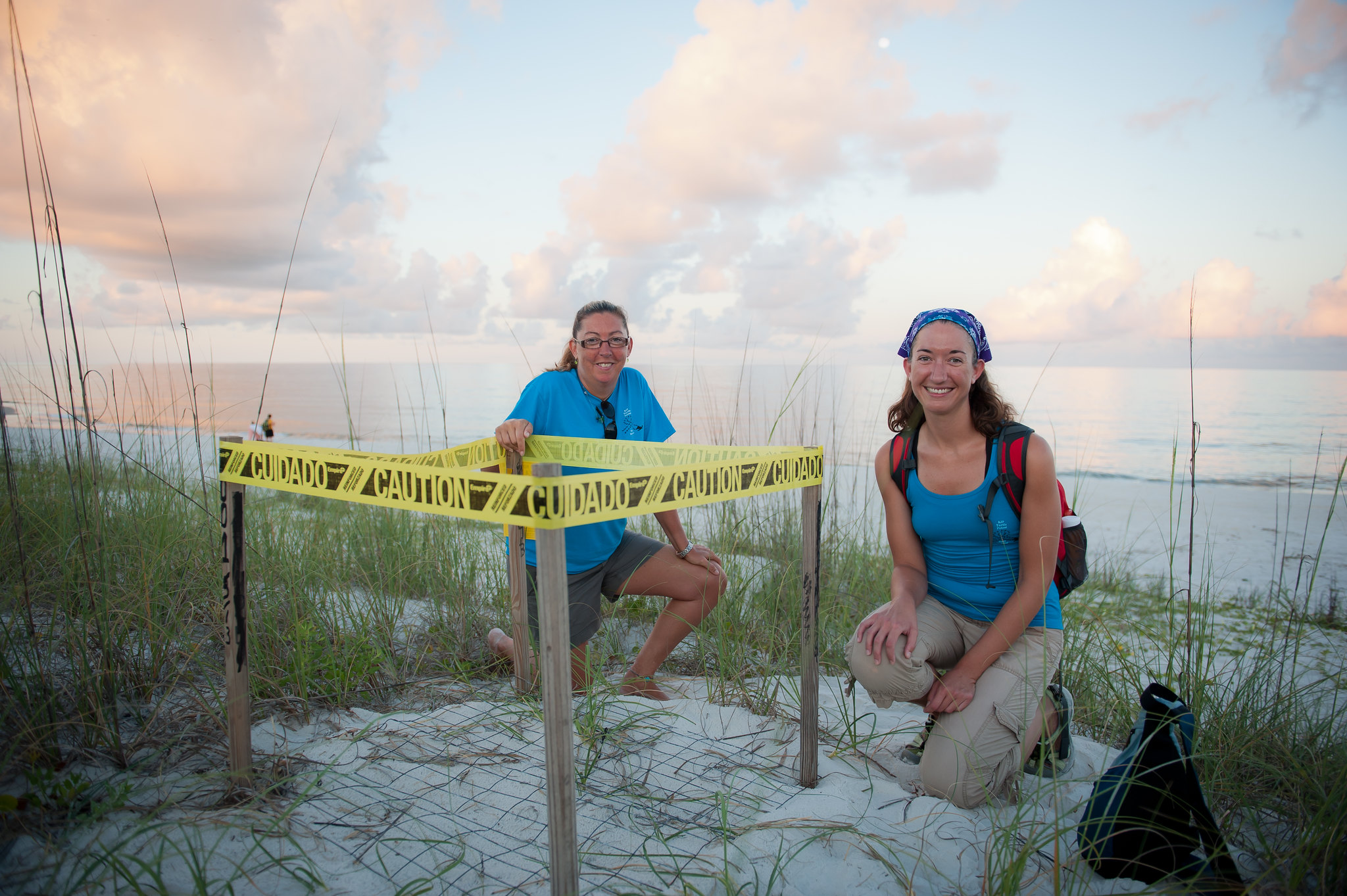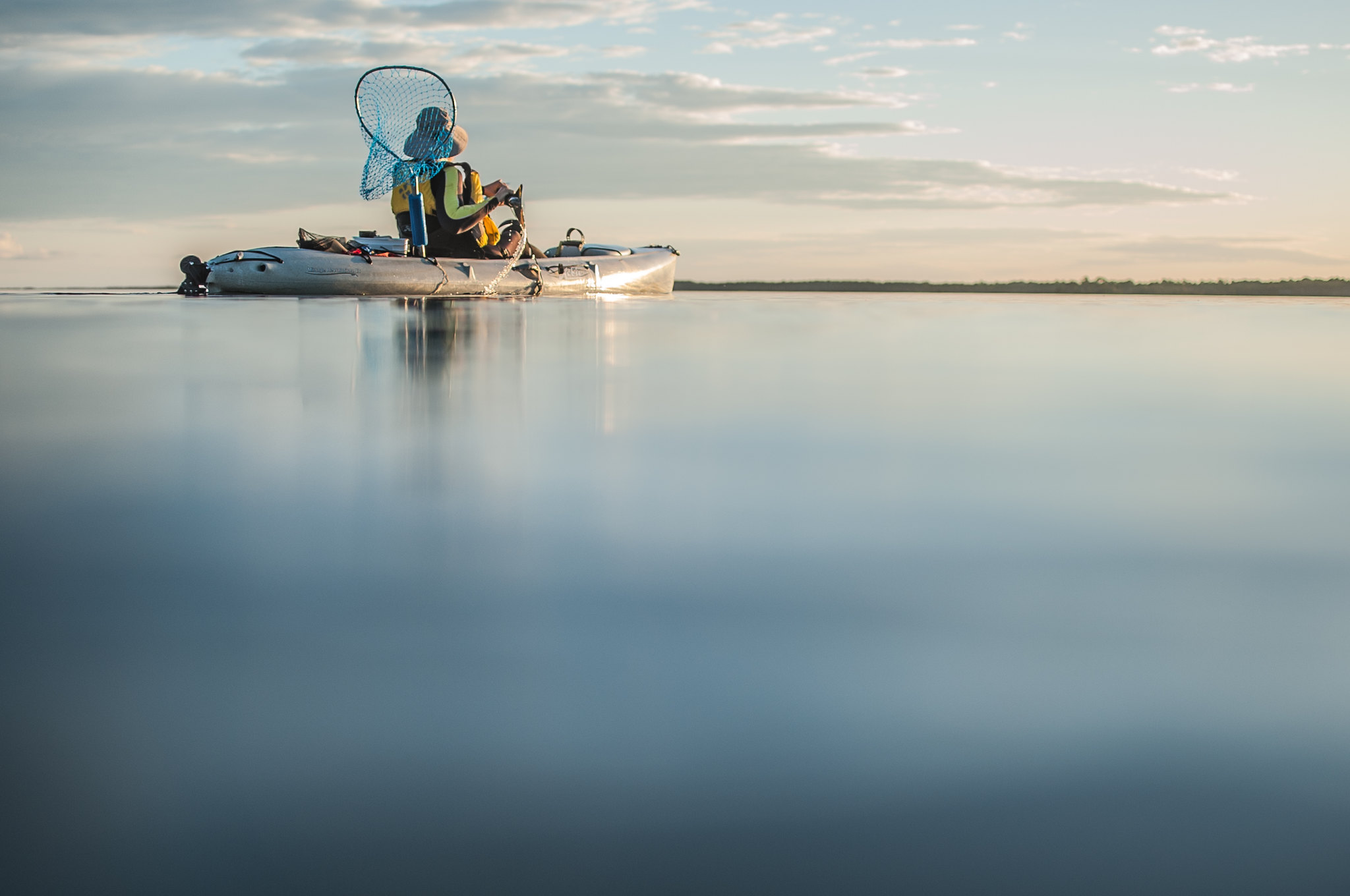We traveled through Peru with Vantage Adventures, which I highly recommend. However, this guide is designed to be useful to you whether you’re traveling with Vantage, another tour company, or on your own.
The Sacred Valley of Peru is a stunning region of high mountain plains dotted with quinoa, wheat, and Incan corn, impossibly high peaks covered in glaciers, and valleys nestled with medium to small-sized towns. This is the gateway to Machu Picchu, a lower valley of almost tropical rainforest and glacier-carved mountains. This is truly the land of ‘Pachamama’…the Peruvian term for ‘mother earth’.

Guide to Machu Picchu and the Sacred Valley:
Machu Picchu is undoubtedly the best known Incan site, but the Sacred Valley is filled with them. You’ll want to spend at least three days in this region: two at Machu Picchu and at least one full day and night in the Sacred Valley. Here’s how to go about it:

From Cusco, drive the 1.5-2 hours into the Sacred Valley, and tour the historic ruins at Ollantaytambo (Ollanta for short). This is where you’ll catch your train to Machu Picchu, by the way. But for now, these ruins are a great second to the Saqsayhuaman ruins you probably already saw in Cusco. Built on the mountainside, the Ollanta ruins have three main parts: a hillside granary area that can be explored by sturdy hikers, a sun temple area that can be accessed by about 200 stone steps (definitely worth it), and an Incan town at the base. In the town area, you can see the Inca village’s temple to water (with spring water flowing through it to this day), their irrigation/water system cut into the stone, their family dwellings, and their marketplace. Above, you can see their sun temple and terraces, where they grew crops in the mountainside.

Allow at least three hours to tour it all (and longer if you want to hike to the granary), plus some time in the modern village, which is filled with street hawkers, tourist shops, and the like. This is a busy, lively place, and worth exploring for a bit. You can also visit the salt flats nearby, and other ruins such as Moray, accessible by the Boleto Touristico del Cusco, which has multiple site entry available for one entry fee of 130 soles.

Stay in the Ollanta area; I recommend the luxury oasis of Casa Andina Sacred Valley, if only for the lovely grounds with gardens, hammocks, and a kids’ playground. You’ll want somewhere to unwind after all the bustle of the cities.
Note: If you tour Peru with Vantage Adventures as I did, you’ll send even more time in the Sacred Valley, going places solo tourists cannot, such as a weaving co-op and local school. This type of access is one reason I do recommend Vantage.

On your second day in the Sacred Valley, take the Inca Train from Ollanta to the town of Aguas Calientes (Machu Picchu town). The ride takes about 1.5 hours, and if you book the Vista Dome train, you’ll get stunning views the whole way. The train experience is very upscale in Vista Dome: you’ll be served a ’snack’ that’s large enough to be considered lunch, plus soft drinks, water, or coffee. The seats are comfortable, situated around a table. Note: Book the Inca Train at least six months in advance.

We recommend taking the train around 10 am, arriving at Aguas Calientes around noon. From there, check into your hotel (again, I recommend the Casa Andina option, which is the Casa Adina Machu Picchu), and take the 20 minute bus ride from the town to Machu Picchu. The line for the buses (and therefore the number of people at Machu Picchu) peaks in the early morning (from about 5 am to 7 am), so if you time your visit for mid-day, you’ll have a shorter line and arrive at the site as the early-birds are departing. By timing it this way, we toured Machu Picchu without any crowds at all, staying until closing time at 5 pm.

Absolutely, definitely, without a doubt get a guide for Machu Picchu. This site is absolutely huge, and there is so much to learn. Spend this day taking photos, learning about the site, and enjoying exploring the area. Then, return for a second day at Machu Picchu to do some hiking. (More on that in a minute.)

In the evening, you’ll find the town to be bustling and fun, with a blend of locals and many, many tourists and backpackers finishing the famed Inca Trail. There’s great shopping, and wonderful restaurants, In fact, the best meal we had our entire stay in Peru was at Indio Feliz, where a French expat and his Peruvian wife cook amazing meals. Take time to explore the town…it doesn’t close up early in the evening. Look for souvenirs at the big market by the train station; I noted that jewelry in the established stores were the same price as at the market.


On your second day in Machu Picchu, plan to do some hiking. Take the bus ride back up, and either hike the challenging Wina Picchu (mountain facing the ruins), or hike a few miles of the Inca Trail to the Sun Gate overlooking Machu Picchu. I recommend the latter for families who want a tough but short hike (it’s one mile up, one back) with stunning views. To do the even harder Wina Picchu, you need a hiking permit (get it six months in advance) and an early start (line up for the bus around 4 am). This hike is not for kids or anyone afraid of heights; I only recommend it to teens and adults who hike difficult terrain regularly. Consult a guide before attempting.

The reason for allowing two days in Machu Picchu, even if you don’t care about hiking, is twofold: first, there are times when traveling to the Sacred Valley is inhibited. During our trip, a farmers’ strike closed the main roads into the valley from Cusco, stranding many would-be tourists of Machu Picchu. For those who had planned only one day for the site, they missed out entirely on the number one attraction in Peru. Secondly, Machu Picchu is often shrouded in fog. Going for two days betters your odds for getting a nice day. If you plan two days and then end up only wanting to visit during one, you can find plenty of shopping and exploring in Aquas Calientes.

Tips for touring Machu Picchu:
- Get Inca Rail train tickets 6 months ahead.
- Get Wina Picchu permit 4 months ahead. Buy Machu Picchu tickets ahead of time as well, to save time at the gate.
- If you plan to hike the entire Inca Trail, get permits ahead, and know that guides are required for the 4-day hike.
- Try not to look down when taking the 20 minute bus ride from Aquas Calientes to Machu Picchu…it’s quite the ride up the mountainside!

- While not as high in elevation as Cusco, Machu Picchu is at around 9,000 feet. Take precautions for altitude sickness.
- Bring a packed lunch to Machu Picchu. There’s no where within the site to buy food; you won’t want to leave and come back in.
- Get your passport stamped at the station by the buses, just for fun.

- You WILL NEED your passport at Machu Picchu. I have no idea why, but you have to show it at the turnstile, as well as at the bus.
- Bring mosquito repellent, and double your protection with long sleeves and long pants. The high Andean mosquitoes are not the virus-carrying kind, but they do bite like crazy.
- Dress in layers: while you’re relatively close to the equator, you’re also at around 8,000 feet elevation. The weather changes often!























































